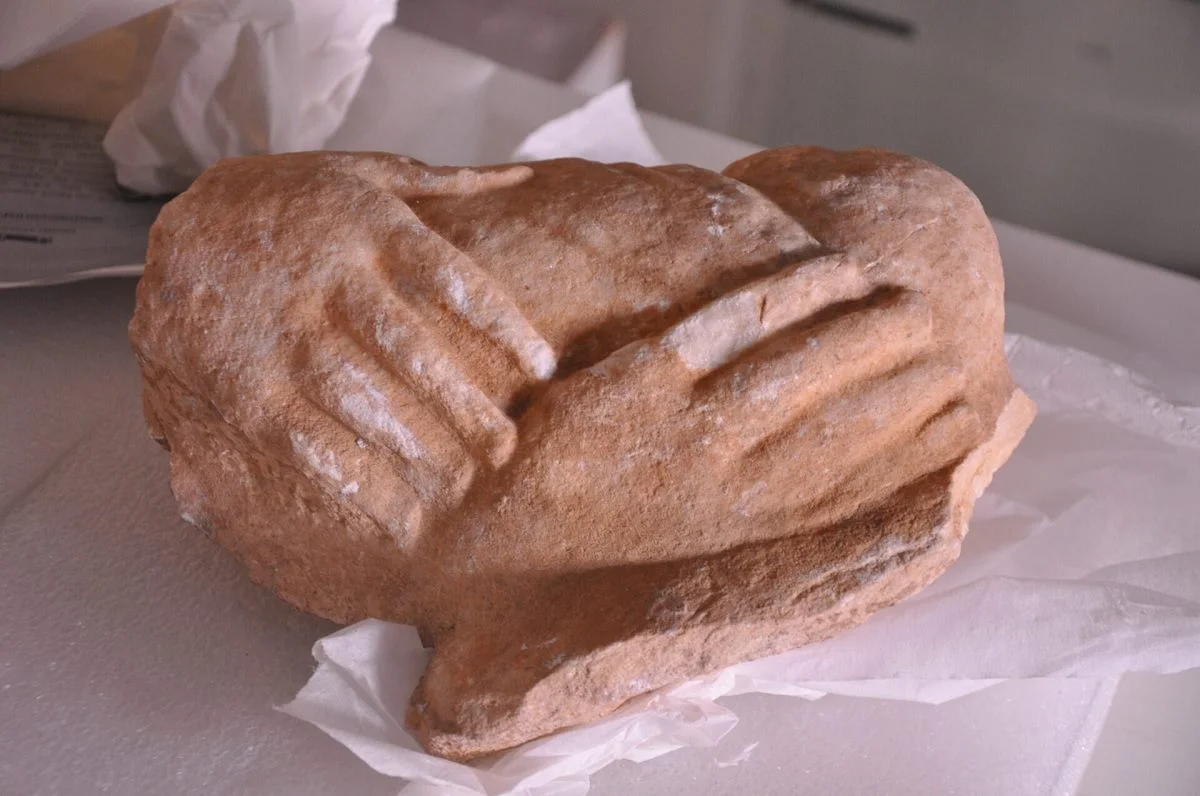The National Archaeological Museum of Athens has unveiled the only surviving example of a funerary relief depicting twin babies in the same arms.
Known as the “stele of the twin babies”, the relief is being presented as part of the “Unseen Museum” exhibition project, displaying antiquities stored in the museum’s vaults rarely on public display.
The “stele of the twin babies” features two swaddled babies in the arms of a female figure, which was likely part of a funerary stele erected on the tomb of a woman who died in childbirth.
Imagery depicting twin babies was common in many Ancient Greek artworks, often portraying Apollo and Artemis, the children of of Leto and Zeus.
Leto was worshipped alongside her twin offspring on the sacred island of Delos, where she was revered as a kourotrophic deity and symbolised motherhood. In Lycia, she held the status of a maternal goddess.
The fragment was discovered on the banks of a stream in the Menidi area by a rock collector, who donated the fragment to the museum in 2008.
According to experts, the discovery dates from the 4th century BC and is the only surviving tomb relief of its kind from the Ancient Greek world.
As part of the exhibition, experts have reconstructed what the funerary stele, which along with the relief will be on display from March until May 2024. The exhibition also includes talks about Ancient Greek mythology and the lives of children and mortality in Ancient Greece.
Header Image Credit : National Archaeological Museum of Athens
Sources : National Archaeological Museum of Athens





